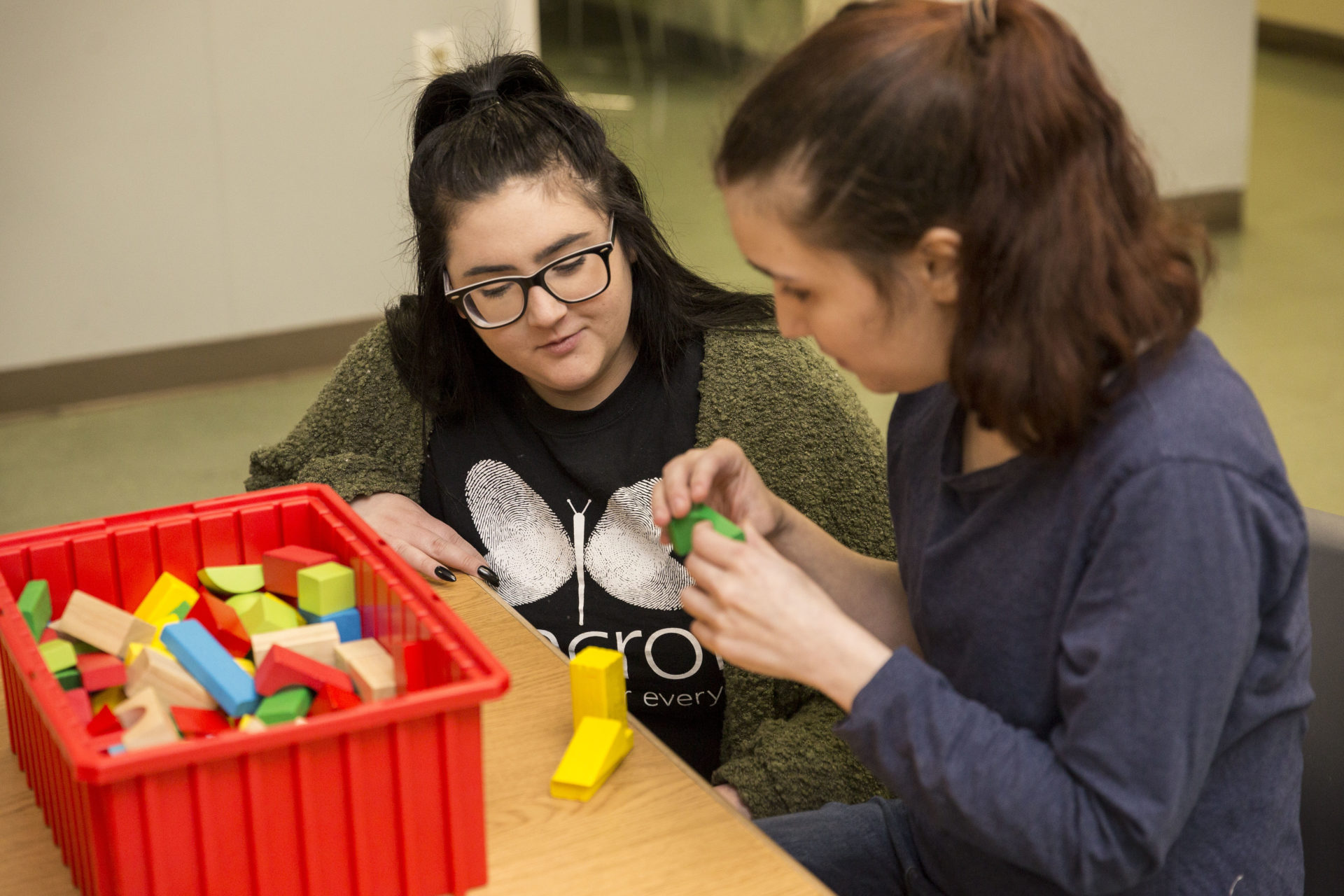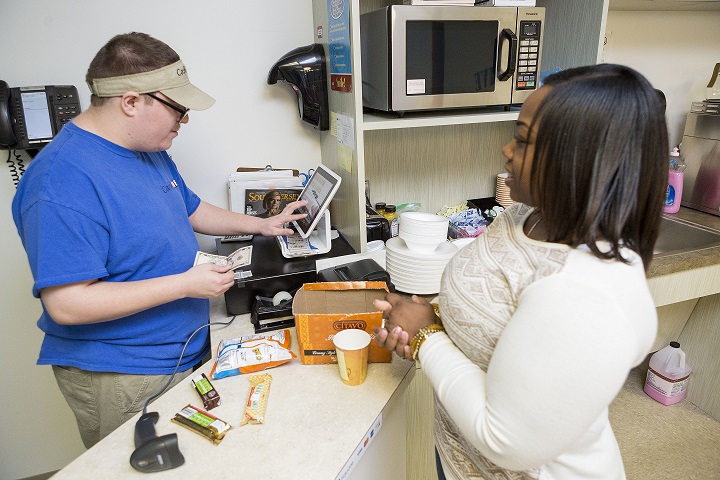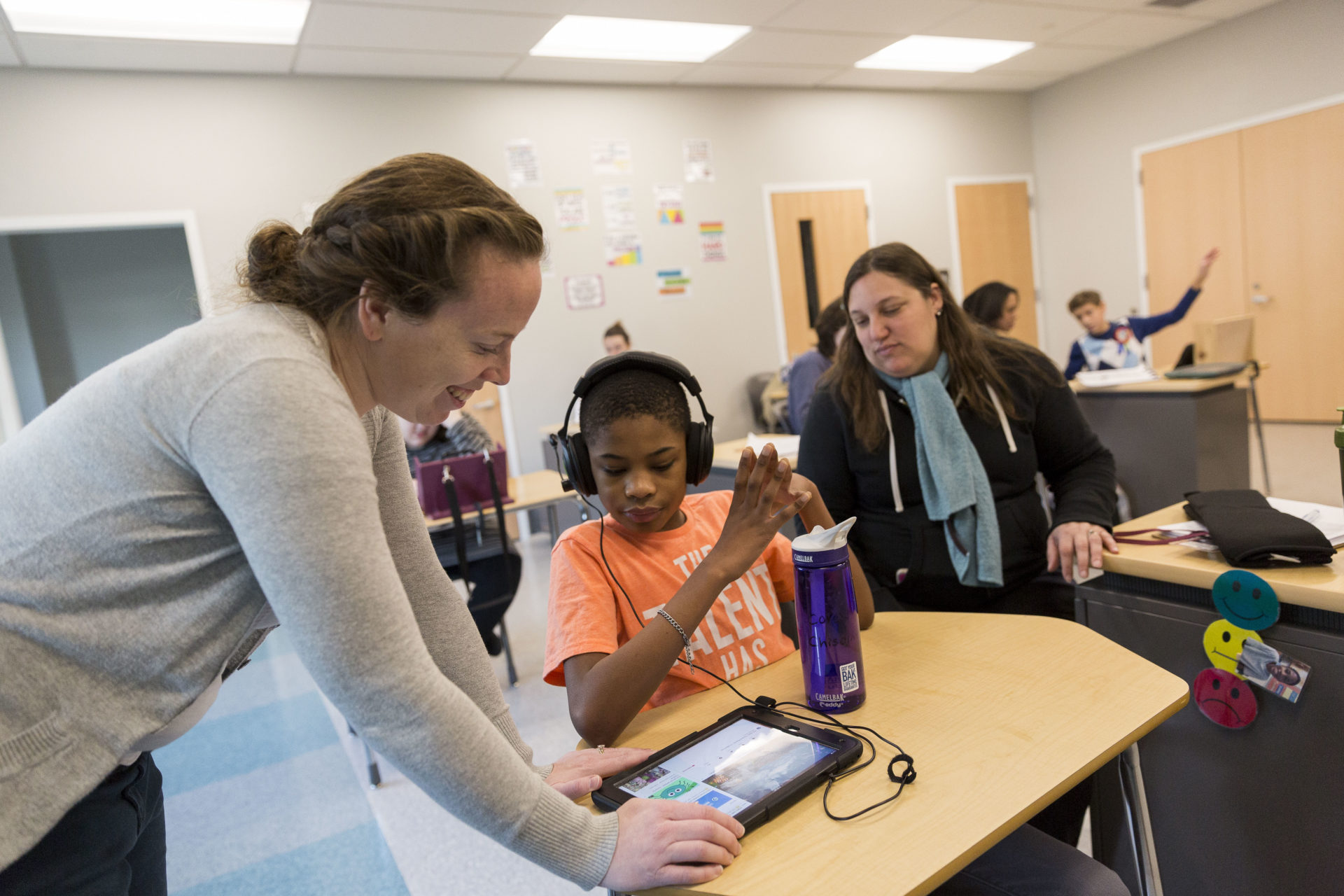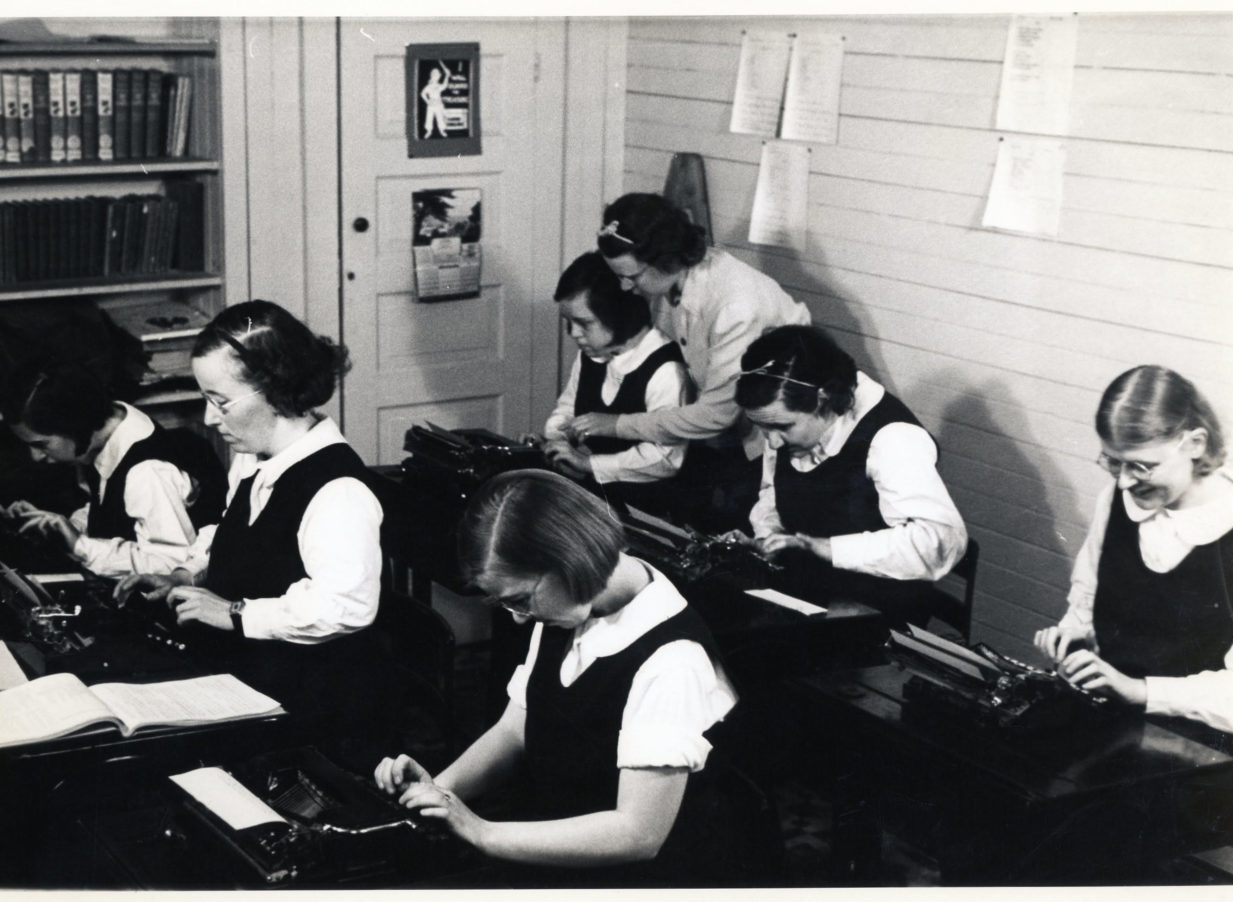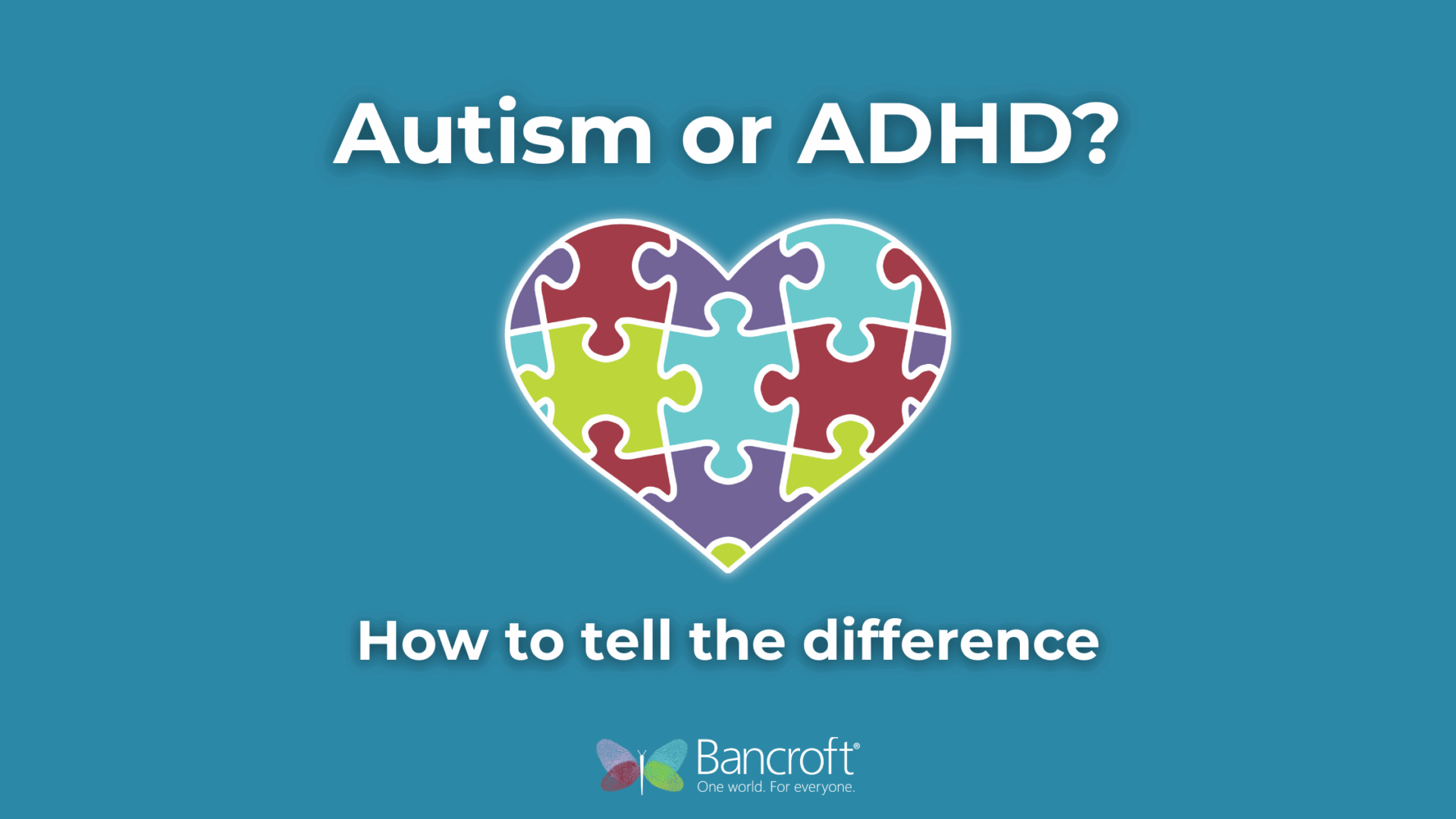A new school year can bring excitement, promise and a few challenges. But for parents of first-timers or young children with special needs such as autism, the start of something completely new can be stressful. One local school principal sheds light on ways to ease back-to-school jitters and enjoy this time of year.
By: Lisa Scaringelli – Principal of The Bancroft School Early Education Program
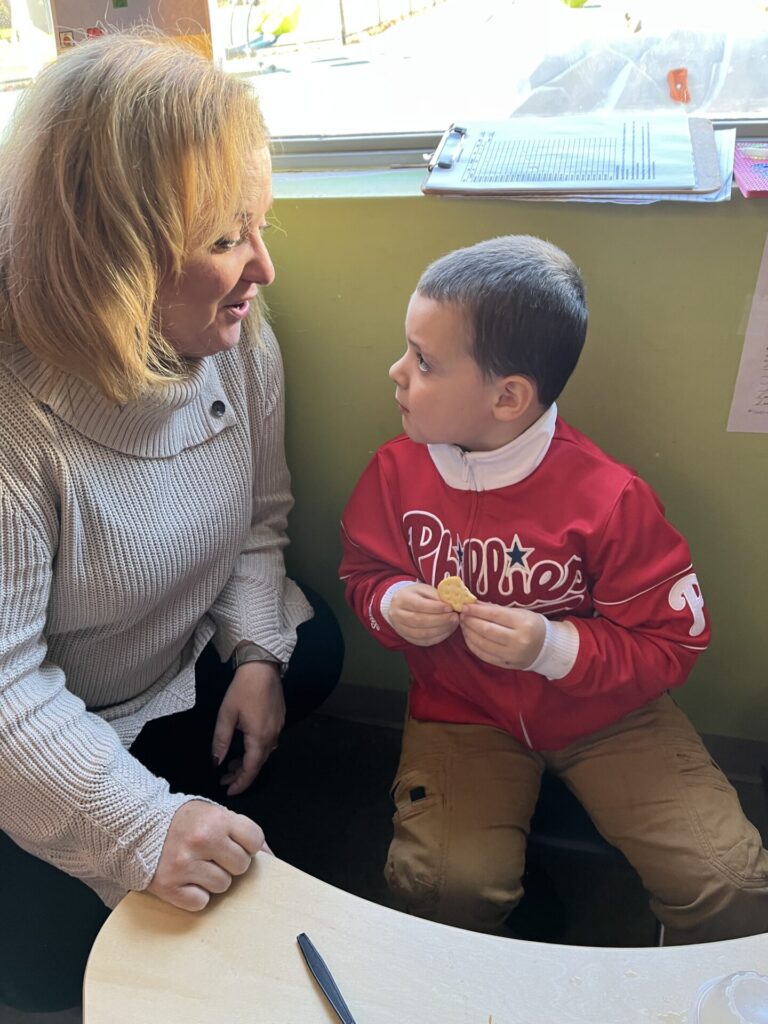
Back-to-school messages are everywhere from our email inboxes to the end caps at Target, and for many families, this is an exciting time of year. Students of all ages are preparing to head back to the classroom and hit the books with friends and peers, and surely, many parents will welcome a predictable schedule back into the weekday chaos. But for parents of first-timers or children with special needs such as autism, this time of year can be rife with fear and worry. Our children can sense anxiety and stress within their family unit, so it’s important to be aware of this and plan together.
As principal of the Early Education Program at Bancroft – a school for young children with special needs – I have seen firsthand the power of a few tried-and-true strategies that can make the transition into the classroom easier. And of course, these tips can help any student struggling to adjust to a new setting:
Take a Tour
Prior to the new school year, request a facility tour, meet the support staff– and bring your child, too! Knowing what to expect – right down to the color of a classroom’s walls – can make a world of difference in easing new school year nerves. Most principals are available to host a tour and or offer you specific guidance for your child and family.
If possible, take photographs of the building, classrooms and outdoor spaces and begin to review them with your child before the Big First Day. There are many children’s literature selections on the topic of going to school and riding the bus. Start enjoying these books together and make your child’s own social story about going to school using your child’s school and teachers names. Frequently these back to school books are read aloud within their classroom the first week of school to again make new situations more familiar.
Encourage Social Connections
Making social connections and meeting friends and peers can be a frightening prospect for little ones – and especially for young children with special needs. Creating an “All About Me” sheet together can be a fun and creative way to remind your child why he or she is so great! We encourage you to include the child’s teacher’s name within this new school family unit. We refer to our school staff as our school family who work as partners with our students’ parents.
This quick reference will also help your child’s teachers swiftly identify his or her likes, dislikes, methods of communication and possible behaviors – not to mention help classroom staff encourage students with similar interests to interact and play.
Establish Lines of Communication
Before the first day of school, meet with your child’s new teacher and establish a communication schedule that works for both parties. I’ve had parents who prefer an email over a phone call, and students know we can always reach Mom or Dad.
For an uncertain new student, knowing his parents and teacher are on the same team can become a huge comfort. Parents and children can rest easier knowing they’re always aligned and be reached easily.
Create a Transportation Plan
f your new student will ride a school bus for the first time, it’s important to familiarize him or her with the idea beforehand. Identify school buses when you see them, and begin talking about, reading about and finding pictures of school buses and the fun and excitement they can bring. Take a ride to the school and drive into the bus loop and show your child the school entrance they will use once they have arrived. Make this practice run fun by spending some time on the school playground!
If you’re planning to drive your child to school, plan ahead and speak with your child about the various transitions at the car, the main office and classroom, so he or she is well prepared for the process.
With a little extra care and planning, families can turn a potentially stressful transition into a fun and exciting time. Keep these ideas in mind over the several weeks as your family adjusts to the school setting and schedule. Maintain open communication with your child and his or her teacher and care team and don’t be afraid to ask a ton of questions as your student hits his or her stride this year. All of us working together to support both you and your child will make a significant impact on a smooth school transition. It’s okay too if the transition to school has some bumps along the way.. We are all very skilled to meet the unique needs each child has and are here to support them with care and concern.
How We Can Help
At The Bancroft School, students ages 3 through 21 have access to a robust suite of services and an interdisciplinary educational and therapeutic team including faculty, physical, occupational, speech and sensory therapists.
For more information about autism and other intellectual or developmental disabilities and to inquire about enrollment at The Bancroft School and other programs, visit our Special Education page or call us at 1-800-774-5516.

